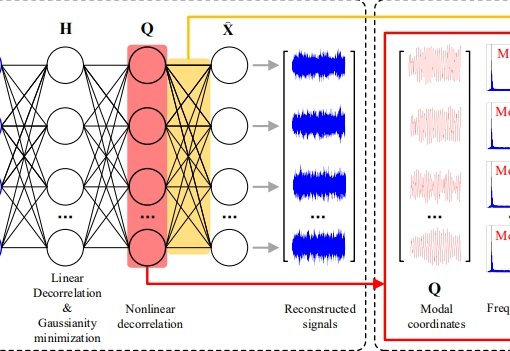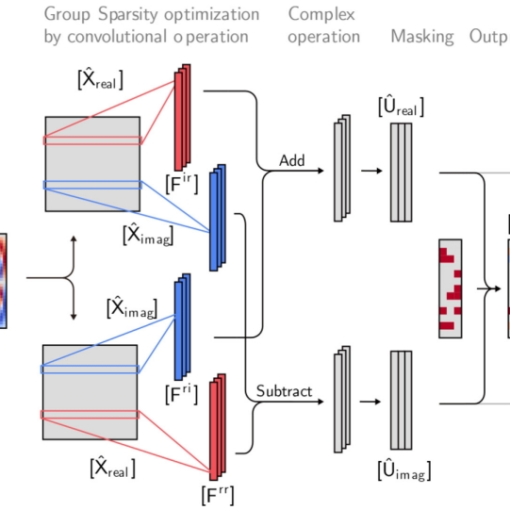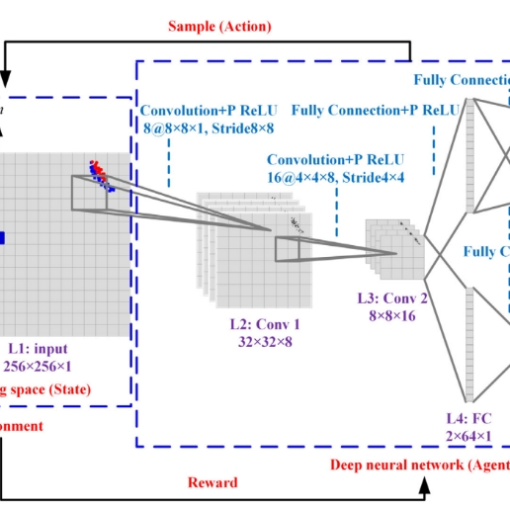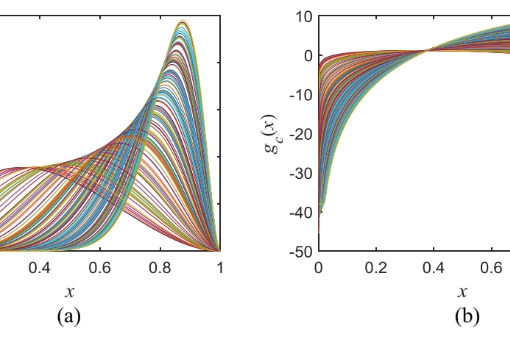In this study, we propose a machine‐learning‐based approach to identify the modal parameters of the output‐only data for structural health monitoring (SHM) that makes full use of the characteristic of independence of modal responses and the principle of machine learning. By taking advantage of the independent feature of each mode, we use the principle of unsupervised learning, turning the training process of the neural network into the process of modal separation. A self‐coding neural network is designed to identify the structural modal parameters from the vibration data of structures. The mixture signals, that is, the structural response data, are used as the input of the neural network. Then, we use a complex loss function to restrict the training process of the neural network, making the output of the third layer the modal responses we want, and the weights of the last two layers are mode shapes. The neural …
每年归档: 2023年
In structural health monitoring, data quality is crucial to the performance of data-driven methods for structural damage identification, condition assessment, and safety warning. However, structural health monitoring systems often suffer from data imperfection, resulting in some entries being unusable in a data matrix. Discrete missing points are relatively easy to recover based on known adjacent points, whereas segments of continuous missing data are more common and also more challenging to recover in a practical scenario. Formulating the data recovery task as an optimization problem for matrix completion, we present a convolutional neural network to achieve simultaneous recovery for multi-channel data with the awareness of group sparsity. The data recovery process based on compressive sensing is formulated as a regression problem and achieved in the neural network. The basis matrix is utilized as the …
Surrogate model methods are widely used in structural reliability assessment, but conventional sampling methods require a large number of experimental points to construct a surrogate model. Inspired by the learning process of the AlphaGo, which is essentially optimization of sampling, we proposed a deep reinforcement learning (DRL)-based sampling method for structural reliability assessment. First, the sampling space and the existing samples are transformed into an array that is treated as the state in DRL. Second, a deep neural network is designed as the agent to observe the sampling space and select new experimental points, which are treated as actions. Finally, a reward function is proposed to guide the deep neural network to select experimental points along the limit state surface. Two numerical examples including a benchmark problem are employed to illustrate the sampling ability of the proposed …
In structural health monitoring (SHM), revealing the underlying correlations of monitoring data is of considerable significance, both theoretically and practically. In contrast to the traditional correlation analysis for numerical data, this study seeks to analyse the correlation of probability distributions of inter-sensor monitoring data. Due to induced by some commonly shared random excitations, many structural responses measured at different locations are usually correlated in distributions. Clarifying and quantifying such distributional correlations not only enables a more comprehensive understanding of the essential dependence properties of SHM data, but also has appealing application values; however, statistical methods pertinent to this topic are rare. To this end, this article proposes a novel approach using functional data analysis techniques. The monitoring data collected by each sensor are divided into time …
Compressive sensing has been studied and applied in structural health monitoring for data acquisition and reconstruction, wireless data transmission, structural modal identification, and spare damage identification. The key issue in compressive sensing is finding the optimal solution for sparse optimization. In the past several years, many algorithms have been proposed in the field of applied mathematics. In this article, we propose a machine learning–based approach to solve the compressive-sensing data-reconstruction problem. By treating a computation process as a data flow, the solving process of compressive sensing–based data reconstruction is formalized into a standard supervised-learning task. The prior knowledge, i.e. the basis matrix and the compressive sensing–sampled signals, is used as the input and the target of the network; the basis coefficient matrix is embedded as the parameters of a certain …





